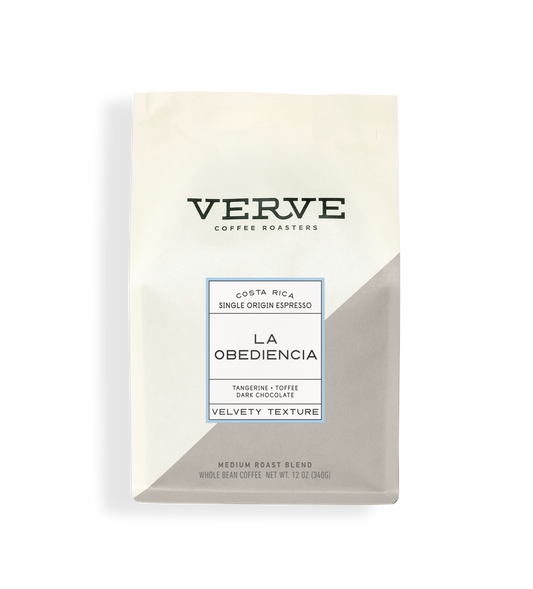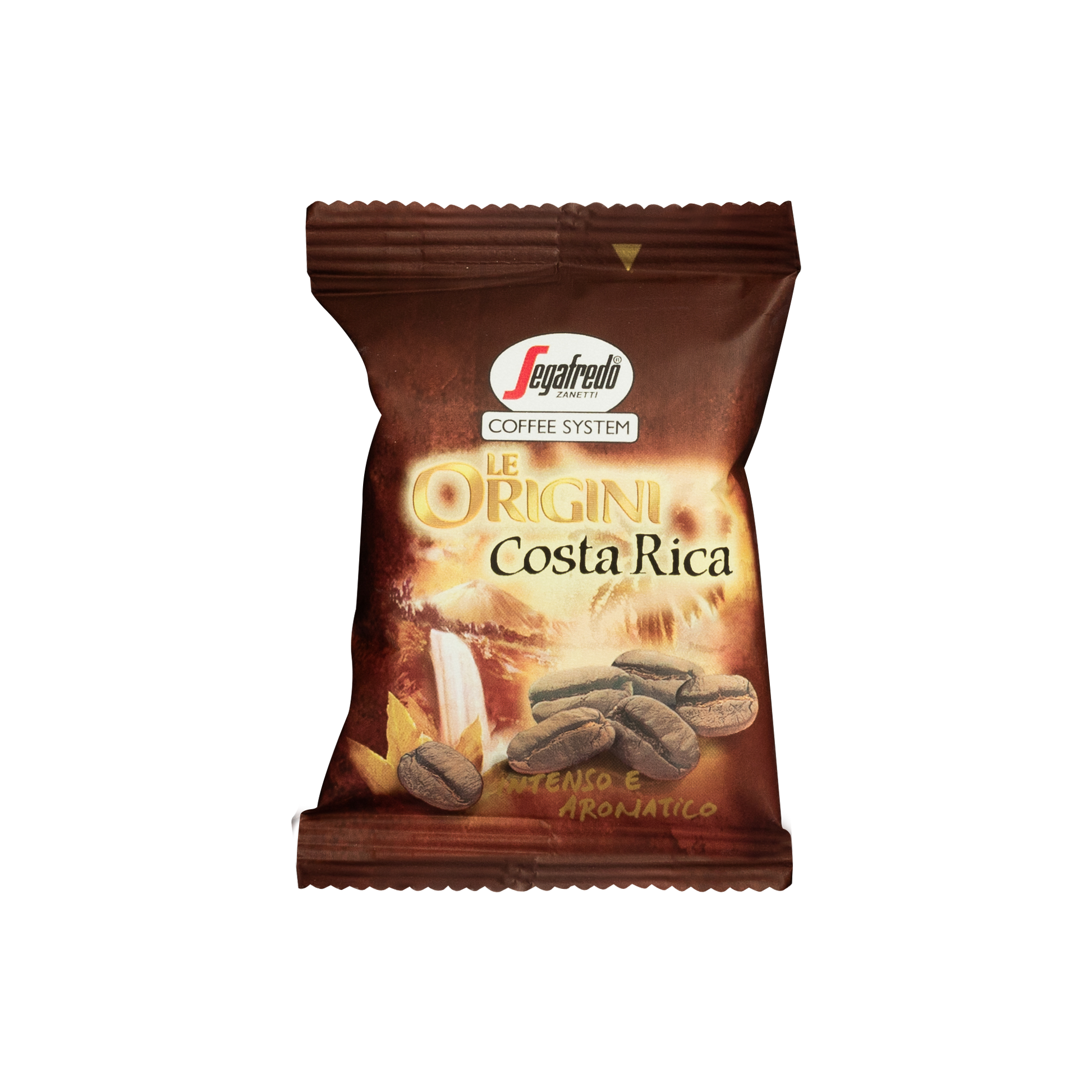What Makes SOE Single Origin Espresso Different from Blends
What Makes SOE Single Origin Espresso Different from Blends
Blog Article
Recognizing Coffee Beans: the Trip From Coffee to Blended Coffee Beans

The Origins of Coffee: A Global Viewpoint
While you might believe of coffee as a modern staple, its origins map back centuries, intertwining with societies around the world. The story starts in Ethiopia, where legend claims a goat herdsman called Kaldi discovered the stimulating results of coffee beans after discovering his goats romping energetically after consuming them. This triggered rate of interest, resulting in coffee's infect Arab investors who treasured the brewed drink. By the 15th century, it got to Persia, Egypt, and Turkey, where coffeehouses came to be social hubs for conversation and society.
As profession courses increased, coffee made its method to Europe in the 17th century, promptly obtaining popularity. Each society added its unique twist to coffee prep work, enriching its history.
Growing and Harvesting of Espresso Beans
As coffee's journey progressed, the emphasis moved to the growing and harvesting of particular bean ranges, especially those used for espresso. You'll discover that coffee beans commonly come from Arabica or Robusta plants, each offering distinctive flavors. The perfect growing problems consist of high elevations and rich, well-drained dirt, which enhance the beans' top quality.
Throughout the harvest, choosing approaches differ. In some regions, workers hand-pick ripe cherries, making sure only the most effective fruit mosts likely to handling. In various other locations, mechanical farmers are utilized, specifically on bigger ranches. When the cherries reach peak perfection for optimum flavor., timing is vital; you want to gather.
As soon as harvested, the beans are planned for processing, which is important in determining their final taste. Understanding the cultivation and harvesting processes offers you insight right into what goes right into your favorite espresso, improving your admiration for each and every cup.
Handling Methods: From Cherry to Bean
Since you've learnt more about harvesting coffee beans, let's discover exactly how those cherries change into the coffee beans you enjoy. You'll see just how various harvesting methods influence flavor, followed by the essential steps of fermentation and drying out. We'll damage down the milling and grading procedure that identifies your coffee's high quality.
Gathering Strategies Described
When it comes to coffee, recognizing harvesting strategies is important, since they straight affect the taste and high quality of the beans you take pleasure in. Careful picking entails hand-picking just ripe cherries, ensuring you get the finest high quality beans. Eventually, the choice of gathering technique can greatly influence your coffee experience, so it's worth recognizing exactly how those beans made it to your cup.
Fermentation and Drying
After gathering, the next actions in processing coffee beans play a significant duty in forming their taste. You'll find that fermentation is vital, as it aids break down the mucilage surrounding the beans, enhancing their taste account. Depending on the approach, this process can last from a couple of hours to several days, with differing results based upon temperature level and moisture.
Sun-drying allows the beans to absorb flavors from the setting, while mechanical drying assurances consistent dampness degrees no matter of climate. Proper drying out is essential to avoid mold and preserve the beans' top quality, eventually affecting your mug of coffee.
Milling and Grading Process
As fermentation and drying set the stage for flavor advancement, the milling and grading procedure warranties that only the best coffee beans make it to your mug. This phase involves eliminating the outer layers of the coffee cherry, including the parchment and husk. Top notch beans receive a higher quality, resulting in a richer coffee experience.
Toasting Strategies: Opening Taste Prospective
When you roast coffee beans, the approach you pick can considerably influence the flavor profile. Comprehending the connection in between time, temperature level, and toasting techniques is key to exposing the potential of your brew. Let's discover exactly how these elements come with each other to create the best cup.
Roasting Techniques Described
While you could think that all coffee roasting methods yield the exact same outcomes, the fact is that each strategy reveals unique taste capacities in the beans. Drum roasting utilizes a revolving drum to uniformly disperse warm, boosting caramelization and generating a well balanced flavor. Air roasting, on the various other hand, flows warm air around the beans, advertising a lighter roast with obvious level of acidity.

Effect On Flavor Account
Different toasting techniques not just influence the process but additionally greatly affect the taste profile of the coffee beans. When you select a light roast, you'll experience bright level of acidity and flower notes, showcasing the bean's beginning. In comparison, a tool roast balances acidity with sweetness, frequently revealing chocolatey touches. Dark roasts, on the other hand, highlight strong, great smoky tastes, in some cases concealing the bean's unique qualities. Each strategy exposes various oils and substances, bring about a variety of tastes. By explore different toasting styles, you can uncover which accounts reverberate with your taste. Comprehending these subtleties aids you value the artistry behind your cup of coffee, boosting your general experience with every sip.
Time and Temperature Level Aspects
To launch the complete taste possibility of coffee beans, both time and temperature level during the toasting process play substantial roles. When roasting, you'll find that greater temperatures can quickly establish flavors, yet if you rush it, you might wind up with charred Get More Information notes. Alternatively, reduced temperatures permit a more gradual flavor development, showcasing the beans' one-of-a-kind features.

Timing is equally as vital; expanding the roast also long can result in a loss of level of acidity and brightness, while too brief a roast might leave the beans underdeveloped. Discovering that pleasant spot requires method and trial and error. By adjusting these elements, you can disclose the abundant, complex tastes concealed within each bean, developing an absolutely amazing coffee experience.
The Art of Blending: Crafting Unique Coffee Profiles

Beginning by selecting a base coffee that offers a strong structure. A bright Ethiopian bean can bring fruitiness, while an abundant Brazilian coffee adds body.
As you mix, bear in mind that each combination tells a tale. You're not just making coffee; you're producing an experience. Take your time, preference often, and enjoy the trip of discovering your signature blend - Single Origin Espresso.
Developing Approaches: How Prep Work Impacts Flavor
Mixing coffee opens up a domain of flavor opportunities, yet exactly how you make that mix can considerably affect your final cup. On the other hand, a pour-over highlights the coffee's quality and brightness, perfect for showcasing delicate notes.
Coffee, with its high stress, generates a concentrated shot that highlights sweet taste and crema. If you like a lighter brew, consider a cool mixture technique; it produces a smooth, much less acidic taste.
Inevitably, testing is crucial. Adjusting variables like water temperature, grind size, and brew time can change your coffee's profile. Embrace the art of brewing to discover the tastes hidden in your coffee blends. The right technique can raise your experience to new heights.
The Future of Coffee: Sustainability and Advancement
As the coffee industry progresses, sustainability and advancement are coming to be necessary for addressing environmental obstacles and conference consumer needs. You'll observe that more coffee business are taking on environment-friendly methods, from sourcing beans morally to executing sustainable farming techniques. These shifts not just assist the planet however also boost the top quality of the coffee you take see here now pleasure in.
You may see innovations like naturally degradable product packaging and water-saving developing approaches that decrease waste. Advanced modern technology, such as blockchain, is also becoming preferred, ensuring openness in the supply chain, which permits you to trace your coffee back to its origins.
In addition, investing in local areas and supporting farmers through fair trade initiatives fosters a much more lasting coffee community. As you sip your following mug, keep in mind that your selections can add to a brighter future for coffee. By selecting sustainable brand names, you're not just delighting in a drink; you're making a favorable influence on the globe.
Often Asked Concerns
What Is the Difference Between Arabica and Robusta Beans?
Arabica beans are smoother, sweeter, and have a greater acidity, while robusta beans are more powerful, extra bitter, and have even more caffeine. You'll notice these differences in taste and scent when brewing your coffee.
Just How Does Elevation Affect Coffee Bean Flavor?
Altitude effects coffee bean taste considerably. Higher altitudes create beans with brighter acidity and facility tastes, while reduced altitudes frequently produce beans that are heavier and much less nuanced. You'll observe these distinctions in your mug!
What Are the Health Benefits of Alcohol Consumption Coffee?
Drinking coffee can improve your power, boost mental emphasis, and even improve physical performance. It's abundant in antioxidants, may reduce the danger of specific conditions, and can promote a healthier metabolic rate when consumed in moderation.
Can Coffee Beans Be Recycled for Brewing?
Yes, you can reuse coffee beans for brewing, but the taste could be weaker. If you delight in experimenting, attempt recycling them in various means, like chilly brews or including to shakes for an additional kick.
Exactly how Should I Shop Coffee Beans for Quality?
To keep your coffee beans fresh, store them in an impermeable container in a great, dark area. Avoid subjecting them to warm, wetness, or light, as these aspects can promptly weaken their flavor and scent.
Recognizing Coffee Beans: the Journey From Espresso to Blended Coffee Beans.
Now that you've discovered about harvesting coffee beans, let's check out how those cherries change right into the coffee beans you love.When you roast coffee beans, the method you select can drastically influence the flavor profile - Single Origin Espresso.While you might think that all coffee toasting approaches yield the exact same outcomes, the fact is that each technique discloses one-of-a-kind taste capacities in the beans.Various roasting methods not only affect the process but additionally significantly affect the flavor profile of the coffee beans
Report this page